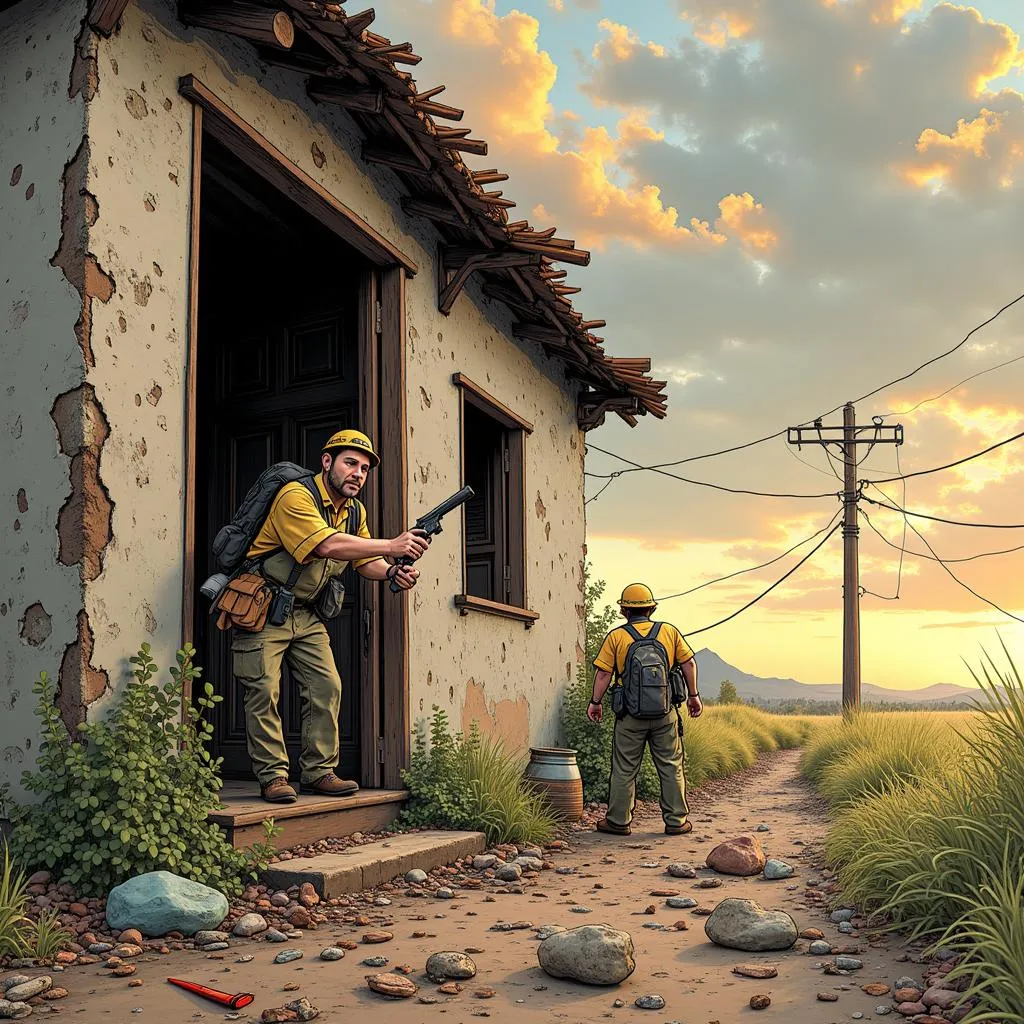Pediatric out-of-hospital cardiac arrest is a terrifying experience. Knowing what to do — and what not to do — can be the difference between life and death. The pediatric out-of-hospital chain of survival steps are a series of actions that, when performed in sequence, provide the best chance of survival for a child experiencing cardiac arrest outside of a hospital setting.
The Importance of a Strong Chain of Survival
The chain of survival is only as strong as its weakest link. Every second counts when a child is experiencing cardiac arrest. That’s why it’s so important to be familiar with the steps of the pediatric out-of-hospital chain of survival before an emergency happens.
 Graphic showing the steps in the pediatric out-of-hospital chain of survival
Graphic showing the steps in the pediatric out-of-hospital chain of survival
Pediatric Out-of-Hospital Chain of Survival Steps
The pediatric out-of-hospital chain of survival steps include:
- Prevention: Many cases of pediatric out-of-hospital cardiac arrest are preventable. Some of the ways to prevent pediatric out-of-hospital cardiac arrest include:
- Never leave a young child unattended near water.
- Practice safe sleep habits. Always place a baby on their back to sleep on a firm surface.
- Keep small objects out of reach. Choking is a leading cause of cardiac arrest in young children.
- Know your child’s medical history. Some children have underlying medical conditions that increase their risk of cardiac arrest.
- Early CPR: CPR stands for cardiopulmonary resuscitation. CPR can help circulate oxygenated blood to the brain and other vital organs, which can improve the chances of survival.
- Call 911 immediately.
- Begin CPR. Use two hands for a child aged one year to puberty, and two fingers for an infant (under 1 year of age). Push hard and fast in the center of the chest — about 2 inches deep for children and 1.5 inches deep for infants — at a rate of 100 to 120 compressions per minute. It’s important to allow for full chest recoil after each compression.
- Continue CPR until help arrives.
- Early Access to Emergency Medical Services (EMS): EMS providers are trained to provide advanced life support, including defibrillation if needed.
- Call 911 as soon as possible. Early activation of EMS is crucial in the chain of survival.
- Provide the dispatcher with clear and accurate information. This includes your location and the child’s age and condition.
- Follow the dispatcher’s instructions. They may be able to provide you with life-saving instructions while you wait for EMS to arrive.
- Early Pediatric Advanced Life Support: Pediatric advanced life support (PALS) includes a range of medical interventions that can help to improve the chances of survival for a child experiencing cardiac arrest. PALS providers are typically paramedics, nurses, or physicians. Some of the interventions that may be provided during PALS include:
- Defibrillation: Defibrillation is a life-saving procedure that can be used to restart the heart if it has stopped beating or if it is beating too irregularly to pump blood effectively.
- Medications: There are a number of medications that can be used to improve heart function and blood flow during cardiac arrest.
- Advanced airway management: Advanced airway management techniques are used to secure an open airway and provide oxygen to the lungs.
 Image of an ambulance arriving at a hospital with emergency lights flashing
Image of an ambulance arriving at a hospital with emergency lights flashing
- Integrated Post-Cardiac Arrest Care: Post-cardiac arrest care begins immediately after the child’s heart has been restarted and continues throughout the recovery process. This type of care is provided in a hospital setting and may include:
- Therapeutic hypothermia: This involves lowering the child’s body temperature to help protect the brain from damage.
- Mechanical ventilation: This helps the child breathe while they are recovering.
- Medications: A variety of medications may be used to support blood pressure, heart function, and other vital organs.
Frequently Asked Questions About Pediatric Out-of-Hospital Cardiac Arrest
What is the most important step in the pediatric out-of-hospital chain of survival?
While all of the steps in the chain of survival are essential, early CPR and rapid activation of EMS are generally considered the most critical.
How can I learn CPR?
CPR training is available through a variety of organizations, such as the American Heart Association and the American Red Cross.
What should I do if I see a child who is unresponsive?
If you see a child who is unresponsive, the first thing you should do is check for breathing. If the child is not breathing, call 911 immediately and begin CPR.
Getting Help When You Need It Most
The pediatric out-of-hospital chain of survival is a critical concept that can help to save lives. By understanding the steps of the chain of survival and taking action, you can help to improve the chances of survival for a child experiencing cardiac arrest. Remember, every second counts.
If you need support, please contact us immediately at Phone Number: 02437655121, Email: [email protected], or visit us at 298 Cau Dien Street, Minh Khai Ward, Bac Tu Liem District, Hanoi, Vietnam. We have a 24/7 customer support team.